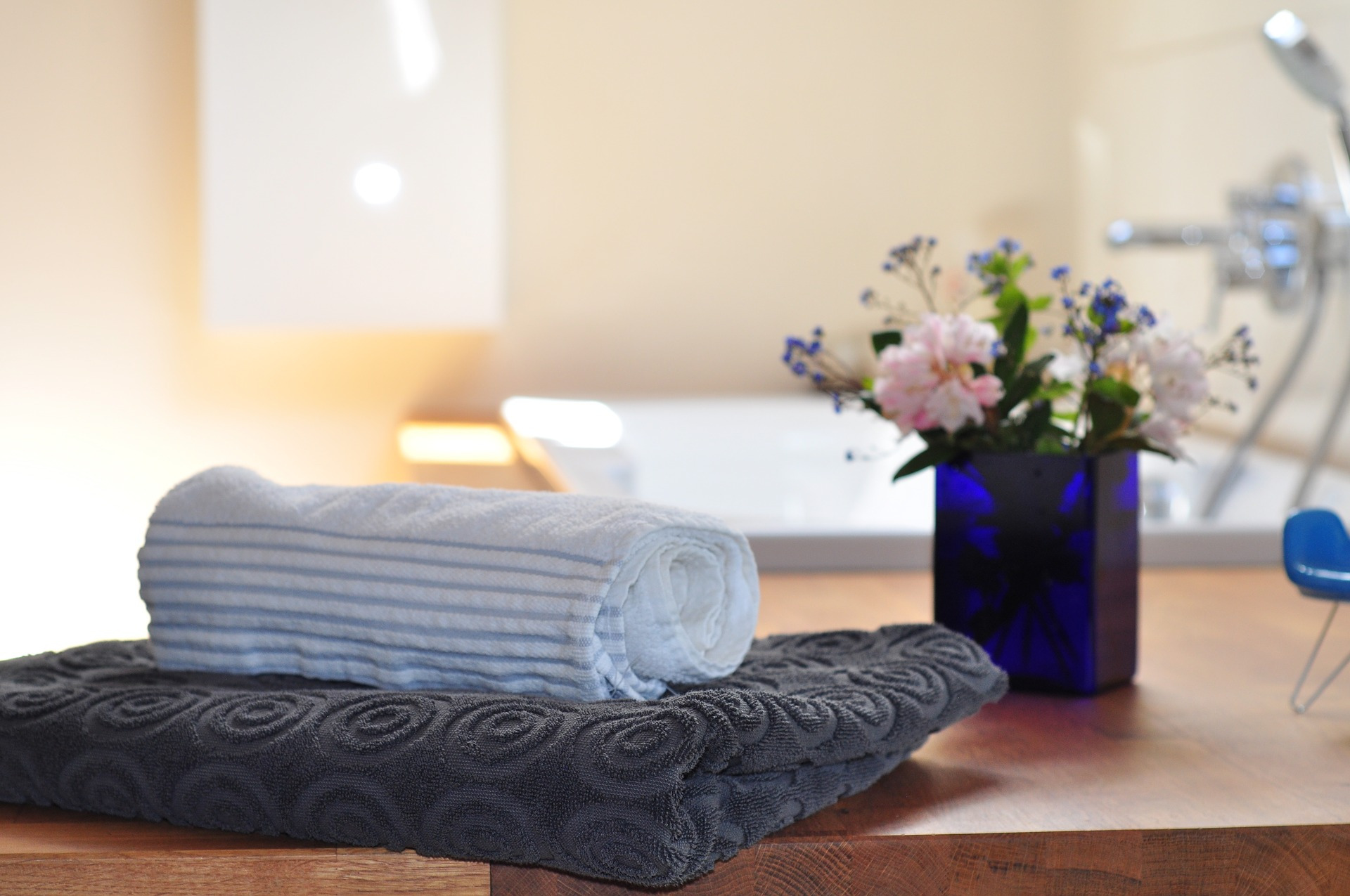
Wood in the Bathroom
A wooden bathroom design offers a wide range of different interior finishing options. This material, like no other, evokes many positive associations with relaxation, idyllic life, and elegance. With its pleasant texture and lightness, it fits perfectly as a bathroom decor element. Wood in the bathroom can appear on floors, walls, or as furniture. By cleverly combining dark-stained wood with metal and glass elements, you can create a truly elegant modern bathroom. In contrast, a bathroom with light-colored wood with visible grains is associated more with a rustic style. However, it's worth considering the pros and cons of using this type of material in bathrooms.
Pros and Cons of a Wooden Bathroom
The main concern with wooden elements used in bathrooms is the possibility of them getting wet, and consequently, quickly deteriorating. That's why wood in the bathroom should be well impregnated. The best way to do this is to use wood oil, which will strengthen its structure, make it moisture-resistant, and add decorative properties. Proper impregnation means that wood in the bathroom doesn't have to be inferior or less durable than traditional ceramic or stone tiles. Wood in the bathroom means you will need to spend more time on its periodic maintenance and renewal. In return, however, you gain an atmospheric interior with a very aesthetic profile. Wood is warmer to the touch than tiles and creates a cozy atmosphere in the bathroom.
Which Wood to Choose?
For a wooden bathroom design, choose hard species. Exotic wood is a good choice. It is more durable than domestic varieties. Therefore, if you want to design a bathroom in wood for years, it's worth opting for them, although it's worth remembering that merbau, cedar, iroko, or other exotic species come with higher purchase costs. Polish wood will certainly be cheaper. Native species suitable for the bathroom include oak, beech, and larch, as they are sufficiently durable to withstand daily use.
The panels in the bathroom should be made of solid wood, as layered boards are more prone to warping in difficult humid conditions. It is also worth using the largest panel models possible, as it is the joints that are most exposed to the adverse effects of water and steam.
Wood on the Floor or Also on the Walls?
The bathroom floor can be made entirely of wood, but it doesn't have to be. It will also look interesting when combined with stone or even tiles. Areas that frequently contact water, such as around the bathtub, can be covered with these materials, while the rest can be finished with wood. It is worth applying it, for example, around the sink, where it will be a very pleasant and warm solution.
Using wood on the walls can be an appropriate complement to the entire arrangement. Inspired by the colonial style, you can opt for solid wood paneling. With a large number of plants, appropriate stone accessories, and furniture with a vintage character, such a bathroom can appear like a mysterious world of luxury.
Wooden bathrooms are still an innovative solution, but if you're looking for something different from traditional ceramic tiles, it's good to experiment with wood, preferably in its exotic version. Walking on pleasant-to-the-touch iroko or doussie and relaxing in a bathroom with wooden decorations is a completely different experience.
This entry was prepared together with the editorial team of Fixly.pl.


















